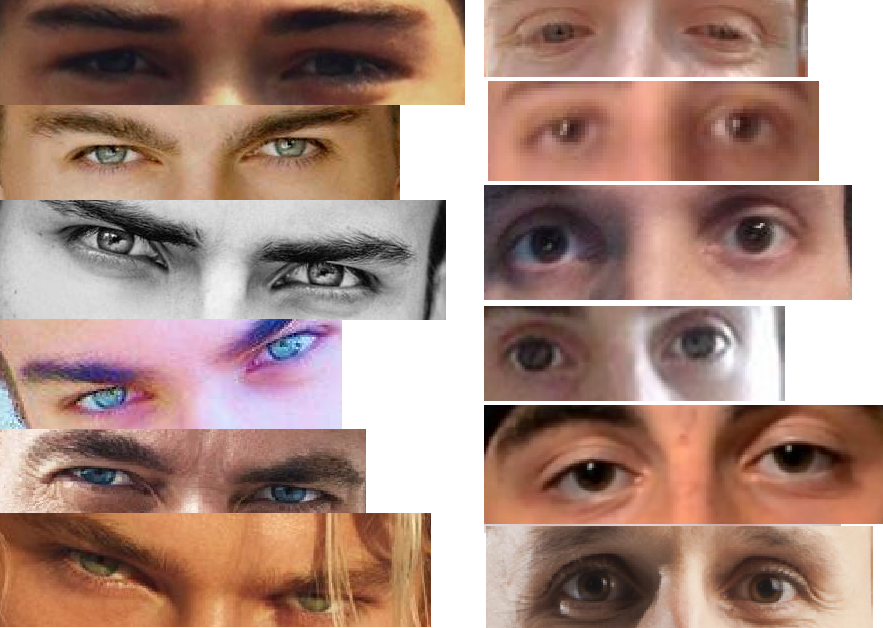
These and other visual properties underpin prey detection and pursuit and show how these birds’ vision is adapted to make them successful diurnal predators. As a result of the low density of rods, and the narrow and densely packed single cones in the central fovea, the visual performance of diurnal raptors drops dramatically as light levels decrease. The eyes of diurnal raptors, unlike those of most other birds, are not very sensitive to ultraviolet light, which is strongly absorbed by their cornea and lens. Moreover, pursuit-hunting and scavenging raptors also differ in configuration of visual fields, with a more extensive field of view in scavengers. Scavenging carrion eaters do not possess a temporal fovea that may indicate different needs in foraging behavior. Pursuit-hunting raptors have a second, shallower, temporal fovea that allows for sharp vision in the frontal field of view. The deep central fovea allows for the highest acuity in the lateral visual field that is probably used for detecting prey from a large distance. The highest density of single cones occurs in one or two specialized retinal regions: the foveae, where, at least in some species, rods and double cones are absent. The raptor retina has rods, double cones, and four spectral types of single cones.

Some large raptors, such as wedge-tailed eagles and the Old World vultures, have visual acuities twice as high as humans and six times as high as ostriches-the animals with the largest terrestrial eyes. The high visual acuity in some raptor species is possible due to their large eyes, both in relative and absolute terms, and a high density of cone photoreceptors. Diurnal raptors (birds of the orders Accipitriformes and Falconiformes), renowned for their extraordinarily sharp eyesight, have fascinated humans for centuries.


 0 kommentar(er)
0 kommentar(er)
